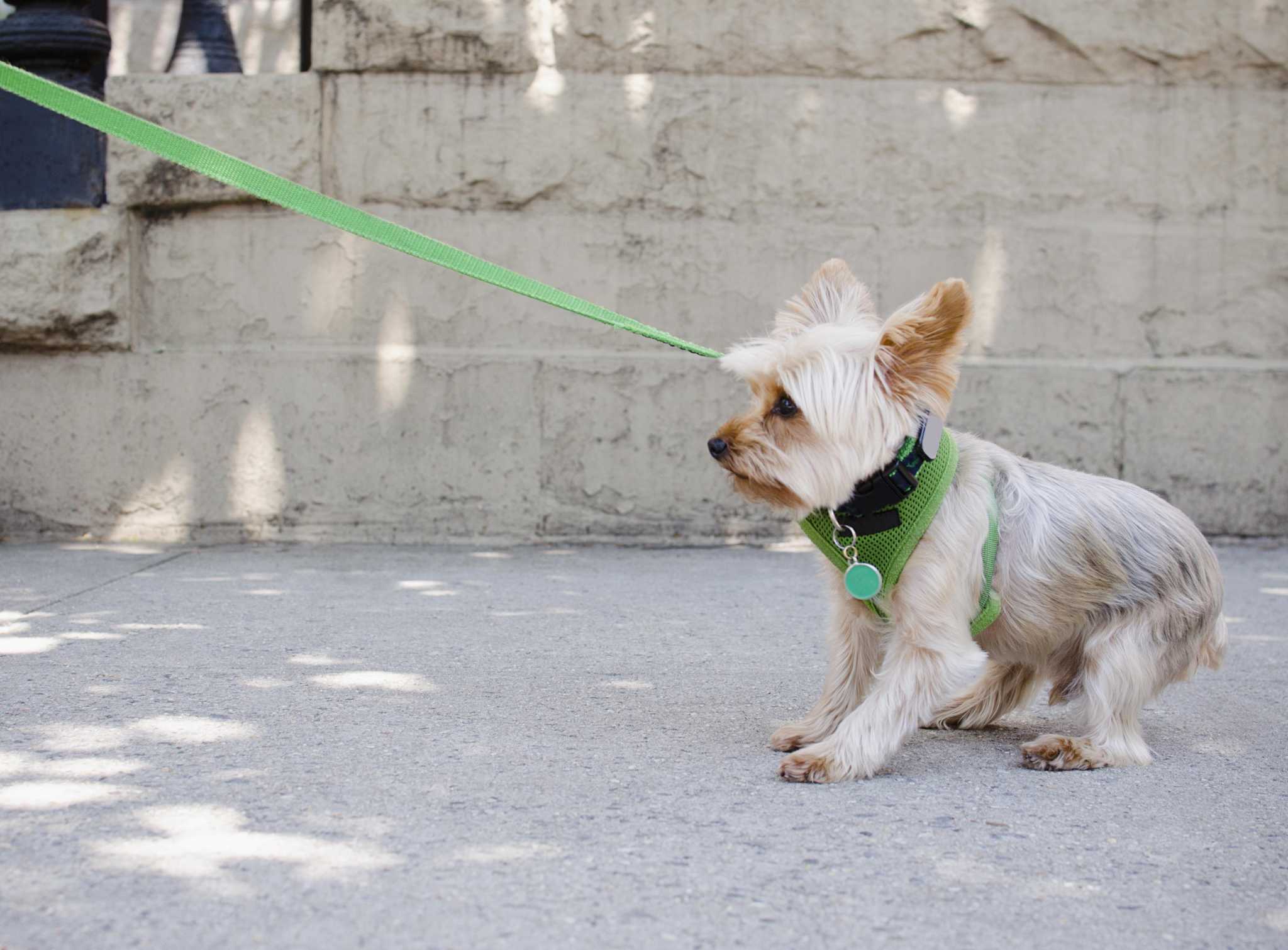
Why Do Dogs Refuse To Walk: Understanding
and Solutions
In this blog, we’ll delve into the reasons behind this behavior, provide professional insights, and offer practical solutions. Let’s ensure every walk is an enjoyable experience for both you and your dog.
1.) Physical Discomfort or Pain
Identifying Signs of Discomfort
Dogs often refuse to walk when they’re experiencing physical discomfort or pain. Look for signs such as limping, reluctance to put weight on a particular limb, or unusual stiffness.
Solutions:
- Schedule a visit to the veterinarian to identify any underlying health issues.
- Modify the walking routine to accommodate your dog’s comfort level, considering shorter or slower walks.
- Invest in supportive gear such as padded harnesses or shoes for dogs with specific mobility issues.
2.) Behavioral Concerns and Anxiety
Recognizing Behavioral Patterns
Anxiety or behavioral concerns can lead to a dog’s refusal to walk. Fear of certain environments, past traumas, or unfamiliar surroundings can trigger this behavior.
Solutions:
- Implement positive reinforcement techniques during walks, rewarding good behavior with treats or praise.
- Gradually expose your dog to new environments or stimuli, ensuring a supportive and comforting presence during the process.
- Consider behavioral training or consult a professional dog trainer for personalized guidance.
3.) Environmental Factors
Addressing Environmental Triggers
Unfavorable weather conditions, extreme temperatures, or uncomfortable walking surfaces can discourage dogs from walking.
Solutions:
- Adjust the walking schedule to avoid extreme weather conditions, opting for cooler times during hot seasons or warmer periods during chilly weather.
- Invest in protective gear such as doggy boots or jackets to provide comfort and protection in challenging weather.
- Select walking routes that are familiar, comfortable, and free from potentially frightening stimuli.
As a dog owner, encountering situations where your furry friend refuses to walk can be challenging. By understanding the various scenarios that can lead to this behavior and applying the appropriate solutions, you can transform your dog’s walks into enjoyable and stress-free experiences. If you ever need assistance with dog walking or pet sitting, don’t hesitate to reach out to Crate Escape Atlanta for professional and caring services.
Remember, every dog is unique, and patience, training, and consistency are key to ensuring your dog’s comfort and well-being during their walks.
Your pets’ happiness and your peace of mind are our top priorities.
Frequently Asked Questions
A sudden change in behavior may indicate a medical issue or discomfort. Consult your vet to rule out health problems.
It varies by individual dog rather than breed, although some breeds may be more energetic and require more exercise.
Gradual exposure to new places is essential. Start with short trips and gradually expand their horizons.
Never force your dog to walk. It can create negative associations and worsen the behavior. Focus on positive reinforcement and training.
A professional dog walker can apply training techniques and offer a consistent walking routine to help dogs become more comfortable and cooperative during walks.
Patience and positive reinforcement are key. Gradually expose your dog to different environments, offering treats and reassurance to build their confidence.